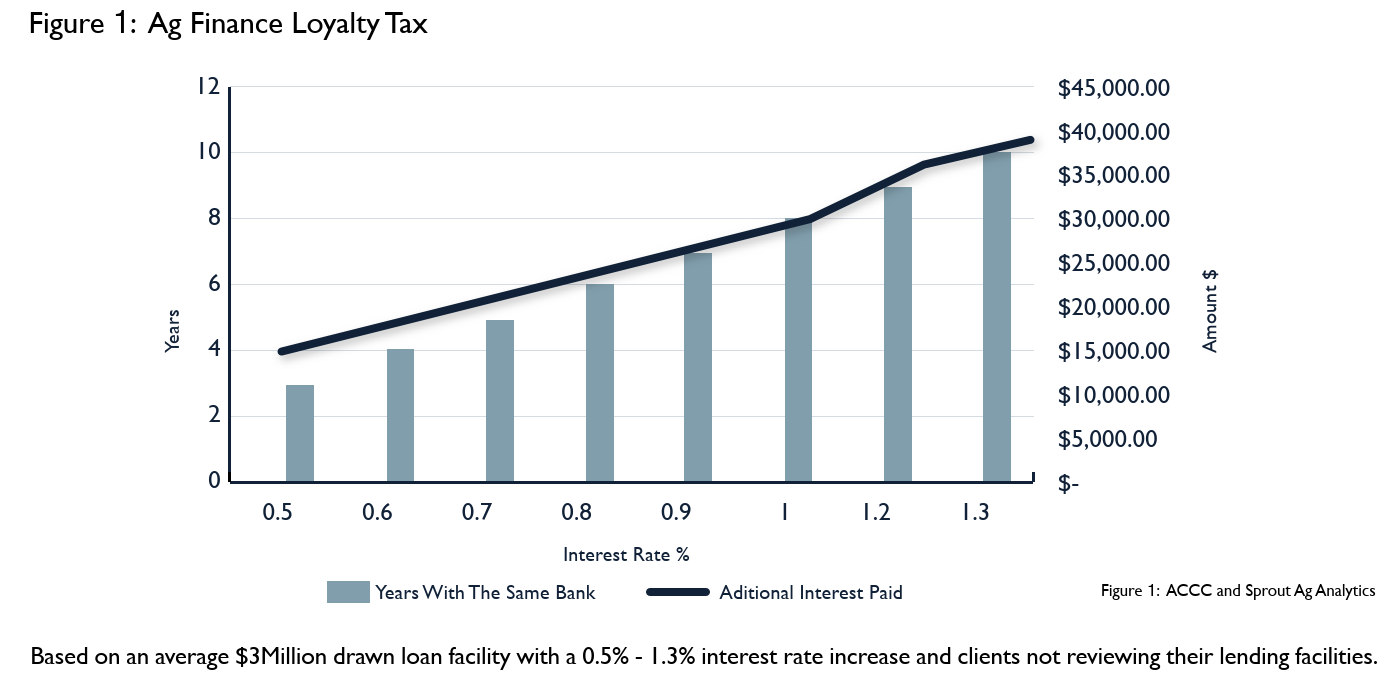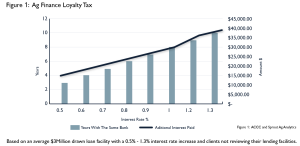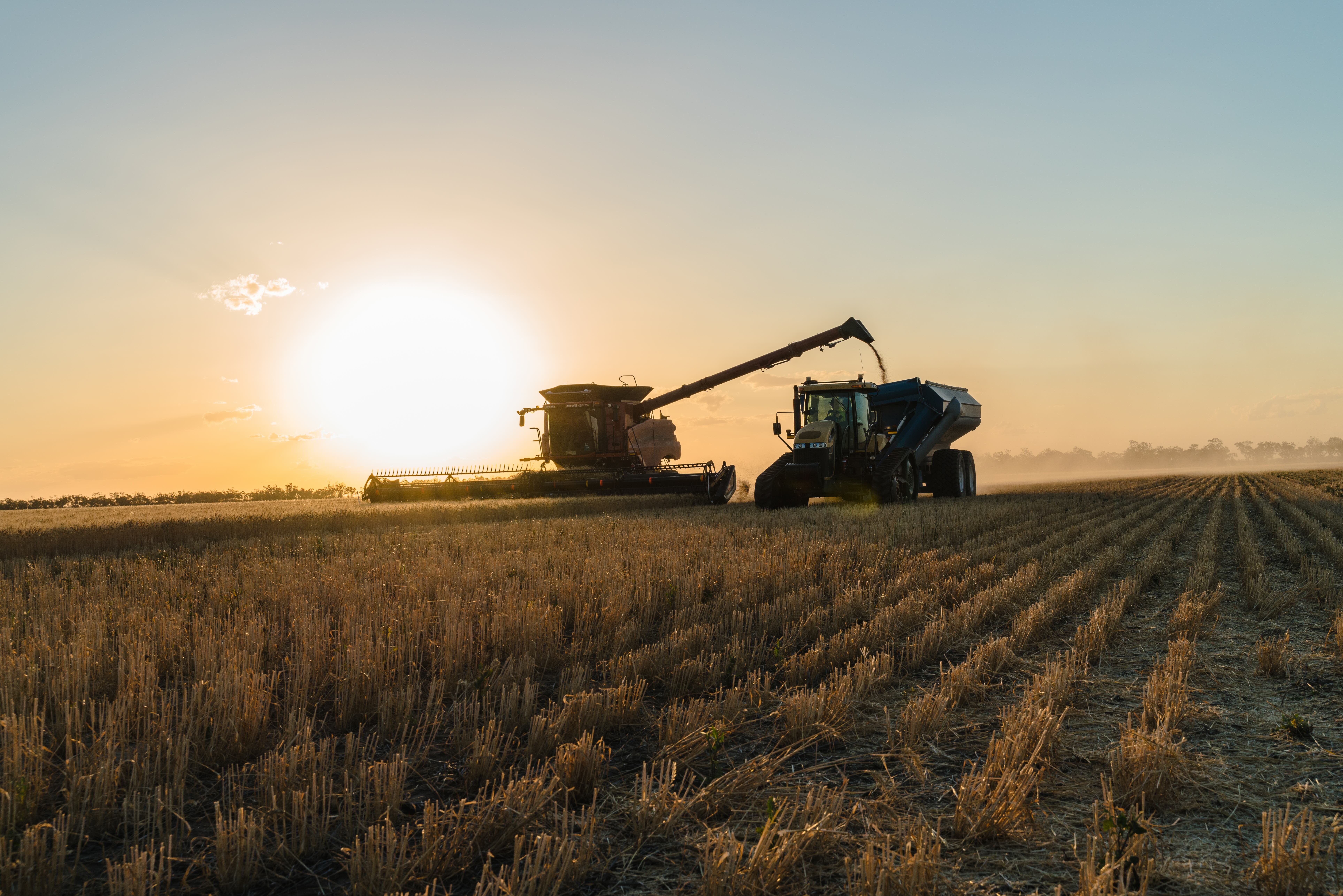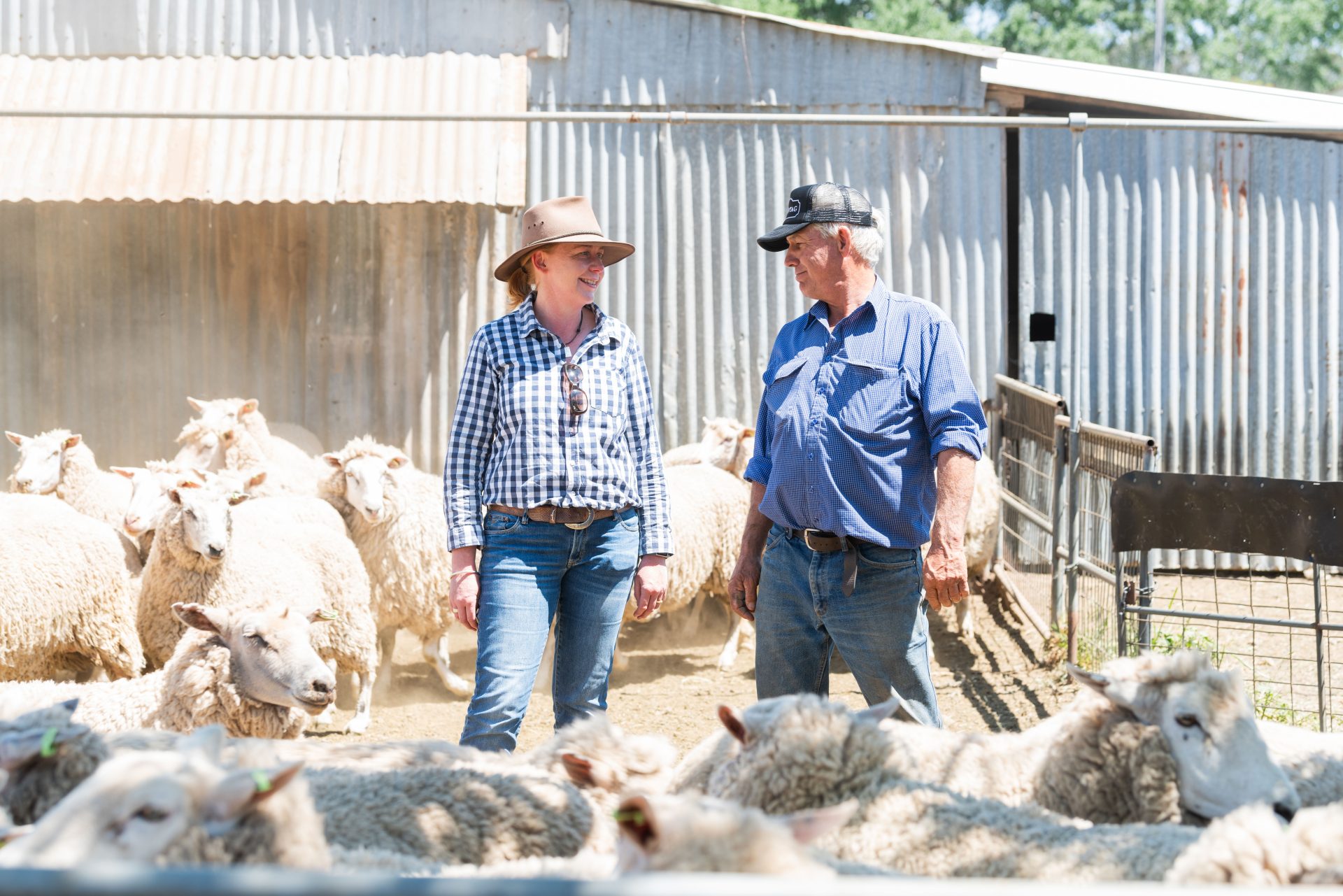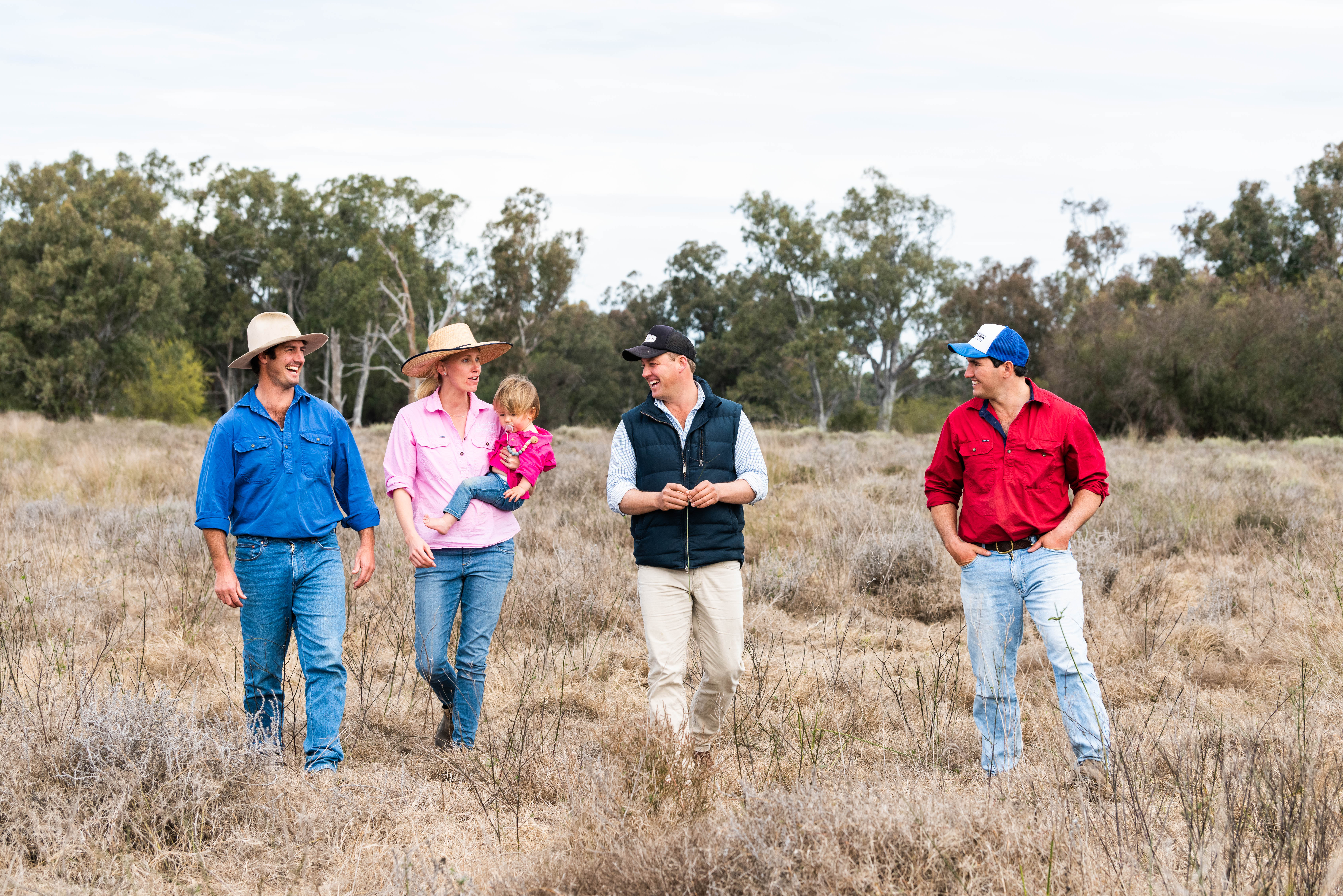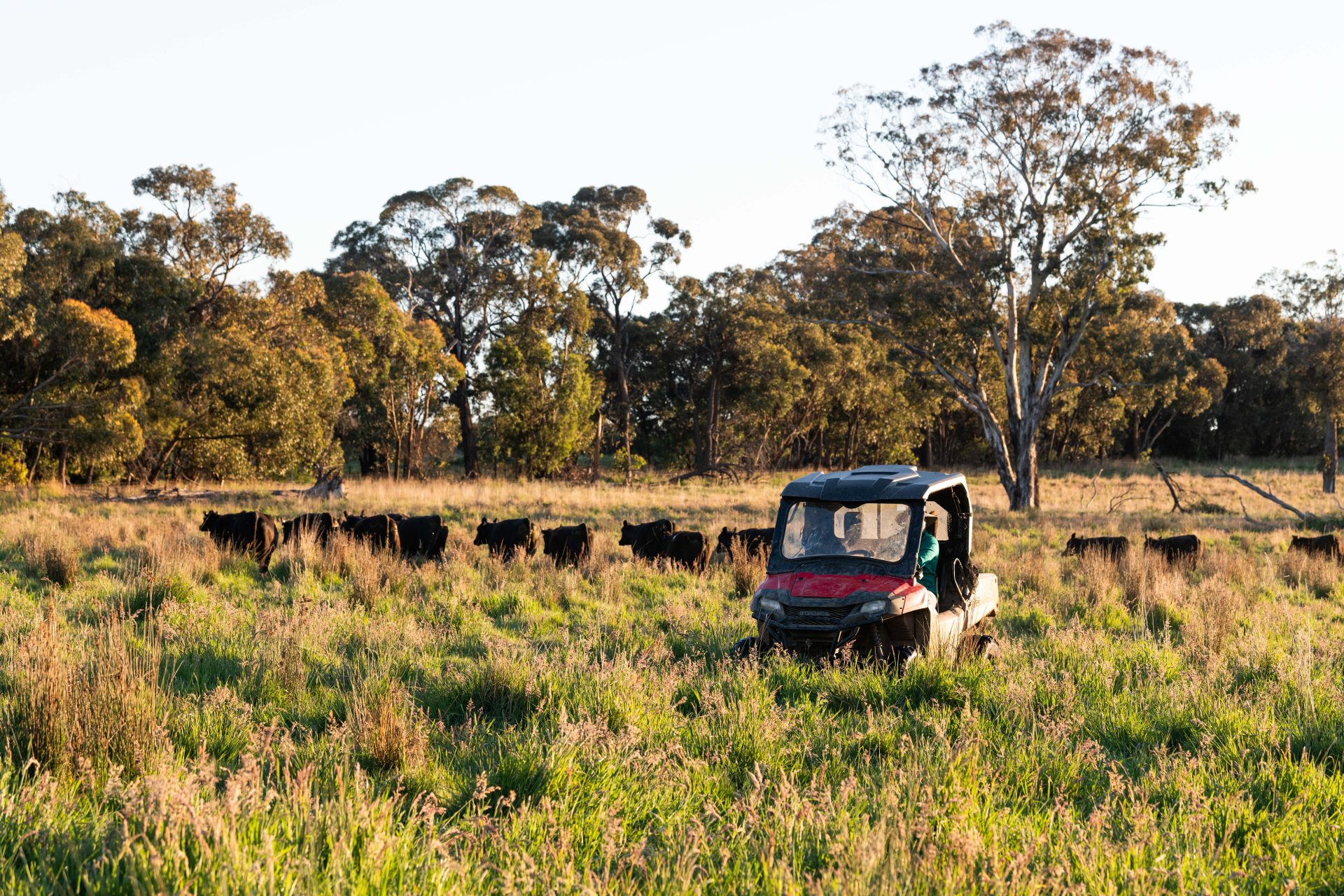Aligning ownership in a family farming business
A key element of every transition plan is aligning the family business’s ownership goals. Ownership of assets is often the hardest agenda item for families to work through.
Farming businesses are now more complex than ever, with higher asset levels, higher debt levels and more family members involved across generations. Completing a successful transition takes deliberate time out of the day-to-day, and almost always requires structured conversations with family members involved.
What we consistently see as advisers is that families often get 80% of the way through their plan, but as business pressures take over, the final 20% is left unresolved. That last portion is where the strategy comes together, where clarity is established, and where future conflict is avoided. When it’s left incomplete, unresolved decisions and unspoken feelings can create significant issues down the track.
How do we align Ownership and Assets Goals?
1. Current Family Leaders and Their Core Values
It’s important that the current leaders, owners, shareholders, partners, and/or directors first understand what they want. Every family is different, and at SproutAg we know that the values that shape a family come from upbringing, history of the farm, how the business formed, and the experiences of each leader (often Mum or Dad). These values are what guide ownership decisions.
These core values can be the driver around asset ownership into the future, and while there is no right or wrong answer, the existing leaders typically determine the asset allocation.
2. Understanding Individual Financial Circumstances
Individual financial circumstances are also a key driver when aligning ownership and asset goals.
Key questions almost always include:
- What do Mum and Dad need if they step away from the business?
- Is the farm financially sustainable in the future?
- What level of debt can the business genuinely support?
- What is a fair level of financial support for non-farming family members?
These questions help shape what is possible and what is practical.
3. No One Approach
There is no secret recipe for the above; however, when all the stakeholders are considered carefully and thoughtfully, a workable direction usually becomes evident.
4. Include Non-Working Family Members
Their needs matter too. It’s important to consult and understand the needs and requirements of non-working family members.
5. Farm Viability
If the goal is to keep the farm, the numbers must stack up. If a family wishes to retain the farm, it needs to be viable into the future.
If You’re a Family Leader, How Can You Get Started?
Take the time to sit down with your partner to map out your assets and what is important to both of you.
Consider how you’ll feel later in life and what would be a satisfactory lifestyle?
Ask the key question: Do we want to keep the farming business?
There is no correct answer, but if the response is yes, it often means financial outcomes between siblings will not be equal, and that’s where guided conversation becomes essential.


